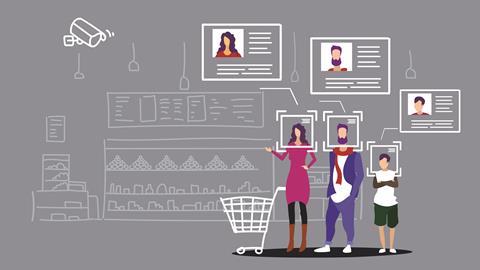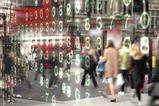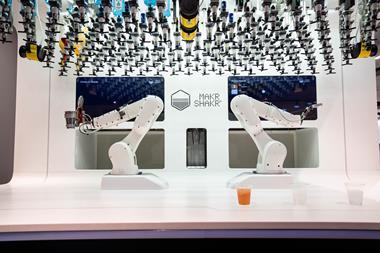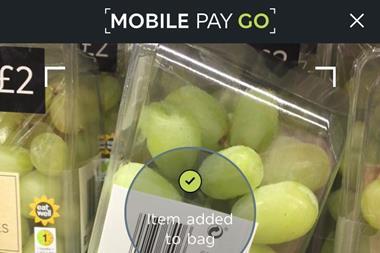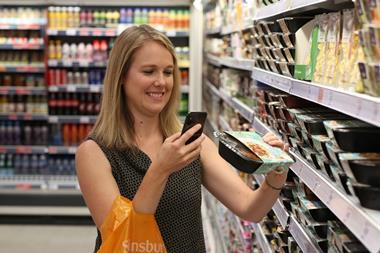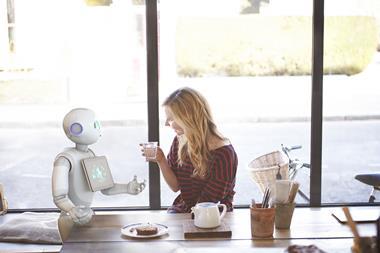After attending Cisco’s Experience the Future of Retail event in Leeds, Retail Week details four ways technology can drive the store to the next level.
Retail Week recently attended and presented at Cisco’s Experience the Future of Retail event.
The event was hosted and opened by Market Gravity, a Deloitte business, at The Walk in Leeds, its new pioneering collaborative space.
The Walk is the UK’s first consumer tech hub that brings together tech start-ups and big business innovators to build and transform physical consumer experiences.
It has been devised to use data, insight and experimentation to shape innovation and create new customer experiences – to boost consumer satisfaction, demand, footfall and loyalty – with the bottom line being to improve the profitability of bricks and mortar.
Here are our top four takeaways from the event:
1. Mirroring online consumer tracking in store
Retailers can track with great accuracy what their customers are doing online, but how do they replicate this in store?
One way is by using AI to analyse data from cameras placed in different zones within their stores.
This allows accurate heat-mapping of shoppers’ journeys and the ability to track dwell time.
Moreover, the impact of new promotions and marketing activations can be measured quickly and accurately from user-friendly dashboards by using analytics tool Shopalytix and making swift agile adjustments.
2. Consumer and operational data insights
Smart cameras, together with AI, can give retailers deep insight into customer behaviour.
By scanning and grouping customers into different demographics, such as age and gender, retailers can better understand how different types of customers use their stores.
“With the addition of virtual reality, remote store ‘visits’ are also made possible, allowing retailers to connect to cameras in store in real time”
This can uncover new and unexpected marketing opportunities and allow the store experience to be tailored more accurately.
With the addition of virtual reality, remote store ‘visits’ are also made possible, allowing retailers to connect to cameras in store in real time.
3. Data exchange enabling personalisation
When shoppers trust retailers, they are more likely to opt in to sharing data in exchange for personalised experiences.
If a customer identifies themselves within the store, through activation of a mobile app or scanning a QR code for example, they can receive personalised content, including product recommendations, reminders, offers and promotions.
An example of this at the event were store displays that offer shoppers individually customised recipe suggestions when shopping for meals for that evening.
4. Evolution of the self-checkout
With shoppers’ trust and consent, technology can remove friction from the store experience, too.
“Using facial recognition at self-checkout, customers could buy age-restricted items such as alcohol without waiting for a store assistant to verify them”
Using facial recognition at self-checkout, customers could buy age-restricted items such as alcohol without waiting for a store assistant to verify them.
This could be the first step in taking customers through the transition to frictionless walk-out stores.
Cisco has made a big commitment to establishing and developing the experience within retail, moving beyond the IT department to become relevant across all other areas of business.
Collaboration is a game-changer for retail tech. Cisco working with ecosystem partners Every Angle, Local Measure and Movement Strategies, and joining forces for the event with Market Gravity and The Walk residents, showed the power of collaboration in an innovative and immersive event.
All these evolving technologies can be tailored to the retailer. Learn more about Cisco here.





















